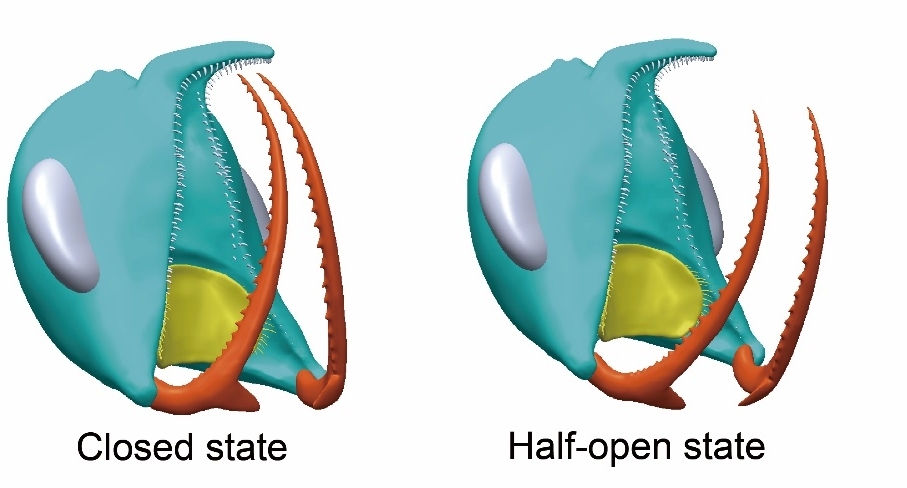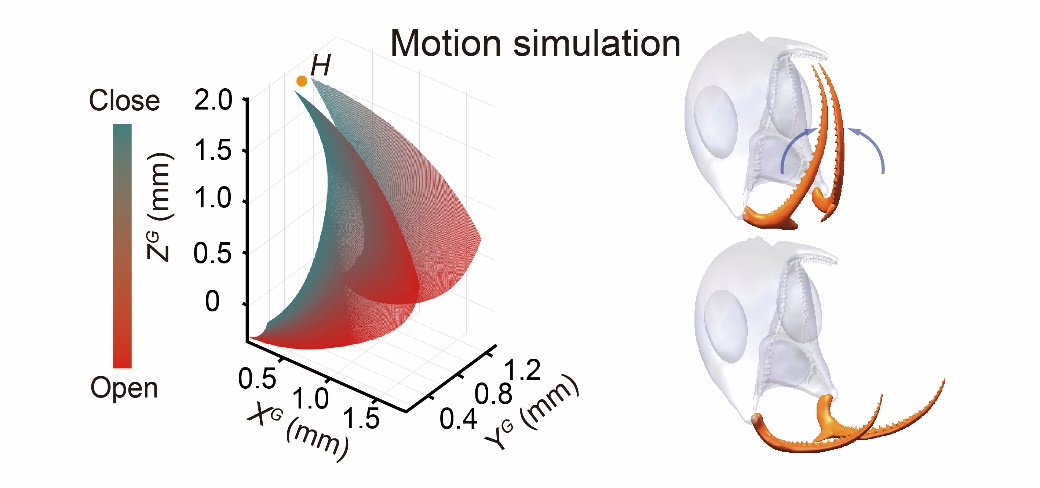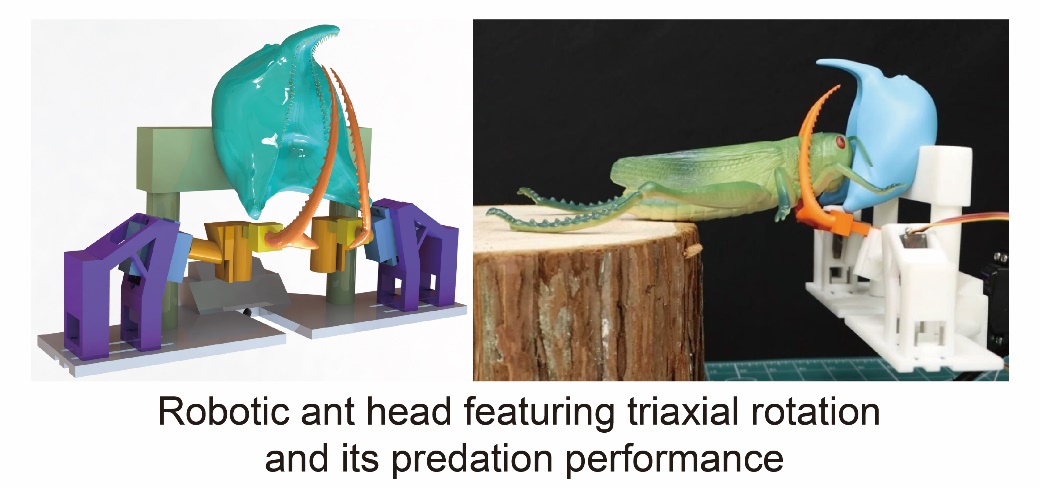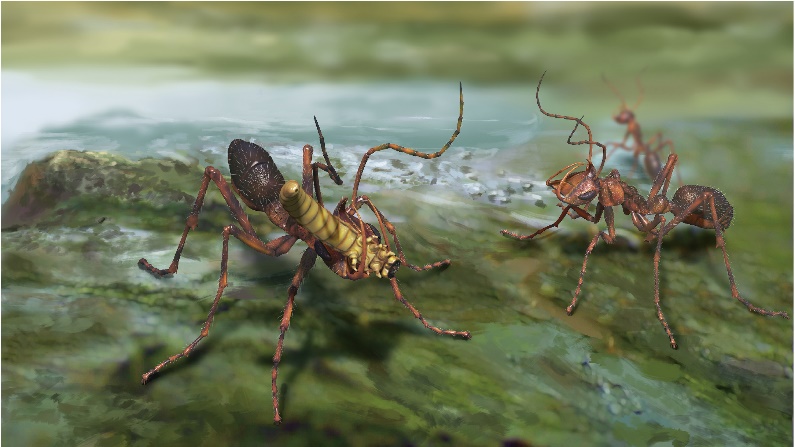The movement reconstruction of extinct vertebrate animals has been extensively studied, such as the gait of dinosaurs and the movement patterns of other extinct quadrupeds. How about the invertebrate animals such as extinct ants? Recently, a team led by Prof. WANG Bo from the Nanjing Institute of Geology and Paleontology, Chinese Academy of Sciences (NIGPAS) proposed a set of universal research methods for reconstructing the movement of invertebrate animals. Their findings were recently published in the journal National Science Review.
In comparison to vertebrate animals, research on the movement reconstruction of extinct invertebrate animals has been limited. This is primarily due to challenges related to the preservation of invertebrate exoskeletons (which are not as easily preserved), a lack of soft tissue data, and the complex nature of appendage structures.
To address this research gap, Prof. WANG Bo collaborated with Prof. WU Jianing and Dr. BAO Tong from Sun Yat-sen University, chose to focus on the movement reconstruction of the extinct hell ants from the mid-Cretaceous period.
Hell ants, which lived approximately 100 million years ago, represent some of the earliest known ants. They have no apparent close relatives among modern ants and are particularly known for their unique head structures, including prominent horn-like structures and sickle-shaped mandibles. The researchers selected one species of hell ant, known as the sickle mandible ant, for their study. The movement characteristics of the sickle mandible ant's mandibles had not been extensively studied.
Based on previous anatomical data from hell ant fossils, it was hypothesized that Hell ants might have used their mandibles to capture prey by moving them vertically along the horizontal plane, in coordination with their horn-like structures. However, this hypothesis had uncertainties and was based on static information, necessitating validation through the acquisition of dynamic information.
To address this issue, the researchers reconstructed the movement of the sickle mandible ant's mandibles in five steps.
First, they selected two different amber fossils with distinct mandible spatial configurations.
Second, they created three-dimensional models of the mandibles from the fossils, accurately reconstructing the mandibles' three-dimensional shapes and anatomical structures, resulting in two high-quality 3D models.
Third, based on the 3D models, the researchers detected and digitized the hidden movement clues within the fossils by comparing the 3D models of the sickle mandible ant’s mandibles in different spatial positions, quantitatively analyzing the mandibles’ three-axis movement characteristics.
Fourth, they validated the kinematic feasibility through biomechanical and robotic experiments, concluding that three-axis rotation was more suitable for improving the success rate of prey capture in hell ants.
Fifth, they reconstructed the predatory scenarios of the hell ants through ecological restoration.
This study proposed a comprehensive approach for animating invertebrate fossils through movement reconstruction. This method, demonstrated through robotics, provides insights into the kinematics of ancient ecosystems, catalyzing the integration of paleontology with other disciplines and opening doors for a multidimensional understanding of invertebrate paleobiology.
The research was support from the National Natural Science Foundation of China and Chinese Academy of Sciences.
Reference: Wang Zixin, Zhang Wei, Li Jiahao, Ji Wang, Yang Yunqiang, Bao Tong*, Wu Jianing*, Wang Bo*, 2023. Animating fossilized invertebrates by motion reconstruction. National Science Review, nwad268, https://doi.org/10.1093/nsr/nwad268.

Figure 1. Two amber specimens of hell ants with different mandible state

Figure 2. Three-dimensional models of different spatial forms

Figure 3. The triaxial motion characteristics of the mandibles were obtained by quantitative analysis

Figure 4. Robotic ant head featuring triaxial rotation and its predation performance

Figure 5. The predatory scenarios of the hell ants through ecological restoration
Contact:
LIU Yun, Propagandist
Email: yunliu@nigpas.ac.cn
Nanjing Institute of Geology and Palaeontology, Chinese Academy of Sciences
Nanjing, Jiangsu 210008, China
Download:
